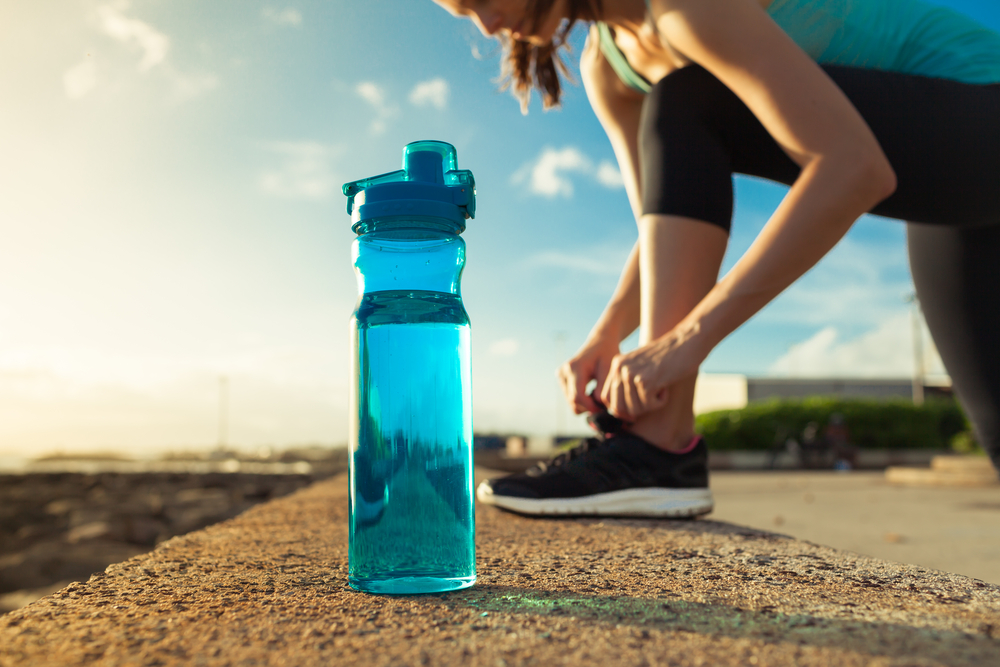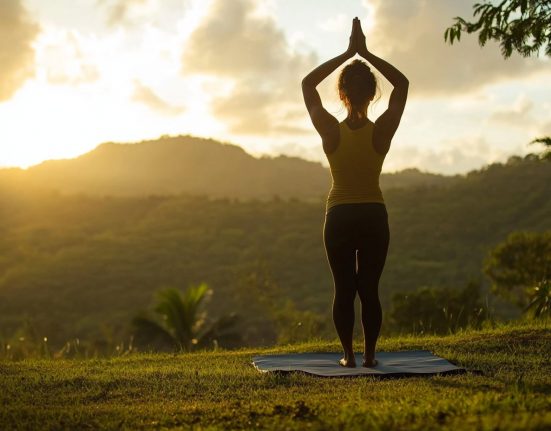Working out in muggy weather can be brutal. Here are four ways to survive and thrive when it feels like a sauna outside.
Anyone who has gone for a jog on a hot, muggy day knows how miserable it can be — not only because your shirt is glued to your back, experts say, but also because humidity makes exercise much more challenging.
This is because the sweat on your skin doesn’t easily evaporate, said JohnEric Smith, an associate professor of exercise physiology at Mississippi State University. Sweat itself doesn’t cool you, he said, but rather the evaporation of sweat. When the air is already thick with water vapor, however, “there’s nowhere for the moisture on our skin to go,” he said.
As a result, humid air makes it harder for your body to cool down. This can cause the cardiovascular system to become stressed, reducing blood flow to the muscles, and tires us more quickly than in drier climes. While there isn’t much independent research on how humidity affects the body, small studies on the topic have consistently found that athletes begin to tire more quickly once the relative humidity reaches around 60 percent.
But this doesn’t mean you have to move all of your workouts inside if you live in an area that feels like a sauna from June to September. Here are four things you can do to stay cooler in the sticky summer months ahead.
Give your body a couple weeks to adjust.
The more you exercise in both heat and humidity, the more your body will adapt and improve its ability to cool itself, Dr. Smith said. (The same is true, only reversed, for cold weather.) But because exercising in hot, humid weather is more taxing on the body than doing so in drier conditions, it’s vital to give yourself time to adjust so you can prevent overheating and exhaustion.
In just a few days, your body will begin to sweat more and sooner, which will help it regulate its temperature, Dr. Smith said. You’ll even start to see an increase in blood volume, which benefits your heart and circulation.
“You get big changes within the first few days of exposure,” he said, but “it takes generally about two weeks to adapt well.”
When the weather becomes humid, Dr. Smith recommended doing shorter, gentler workouts that slowly increase in duration and intensity over two to three weeks, until you’ve worked back up to your previous exercise routine. If you typically run six miles at a 10-minute pace, scale back to three miles at a 12-minute pace, and add speed and mileage as the humidity starts to feel less oppressive.
Keep your skin cool.
Because humidity can raise your body temperature more than dry heat, it’s that much more important to keep your skin cool while exercising, said Ahmad Munir Che Muhamed, an associate professor of exercise physiology at the Science University of Malaysia who studies how heat and humidity influence athletic performance.
Keep as much skin exposed to the air as possible while exercising, making it easier for sweat to evaporate. (Make sure to wear sunscreen to prevent sun damage.) You should also avoid wearing cotton clothing, he said, which holds moisture, creating a layer of insulation around your body. Instead, wear clothes described as fast-drying or moisture-wicking.
Drying your skin with a towel or wiping sweat with your wet T-shirt may make you more comfortable in the moment, but it’s actually interrupting the evaporation process, as it’s removing moisture from your skin, Dr. Smith said. You may be better off letting the sweat drip off you, as long as it’s not getting in your eyes.
And if you’re exercising in one spot — say, playing tennis or doing an outdoor boot camp — mist yourself with cold water at regular intervals and dry off with a portable fan, recommended Dr. Amy Beacom, a primary care sports medicine physician at the Mayo Clinic. If you’re running, do this after a workout for quick relief.
Hydrate, but don’t overdo it.
Humid air can lead to dehydration. The less your sweat evaporates, the hotter you get and the more you sweat, all of which depletes vital fluids and electrolytes such as sodium and potassium, said Ronald Maughan, a visiting professor of exercise science at the University of St. Andrews in Scotland.
Make sure to hydrate before you exercise, so you’re not going into a workout dehydrated. The American Council on Exercise recommends drinking two to three cups of water a few hours before you work out.
Once you’re moving, the Mayo Clinic recommends sipping fluids throughout, but ultimately “drinking to thirst” to avoid overhydrating, which can dilute the sodium in your blood and damage your kidneys.
Think about when and where to exercise.
Humidity is highest in the morning in most places, before the sun dries out moisture in the atmosphere. Start regularly checking the humidity level in your area at various times throughout the day, and plan your workouts accordingly. Dr. Smith recommends The Weather Channel’s app.
And when you can, choose a shady spot or path to exercise, Dr. Maughan said. When your body is already working hard to not overheat in high humidity, exercising in direct sunlight is like adding fuel to the fire. The heat, humidity, sun’s intensity and even wind all influence how you feel outdoors, he said. “All of these different factors interact.”









